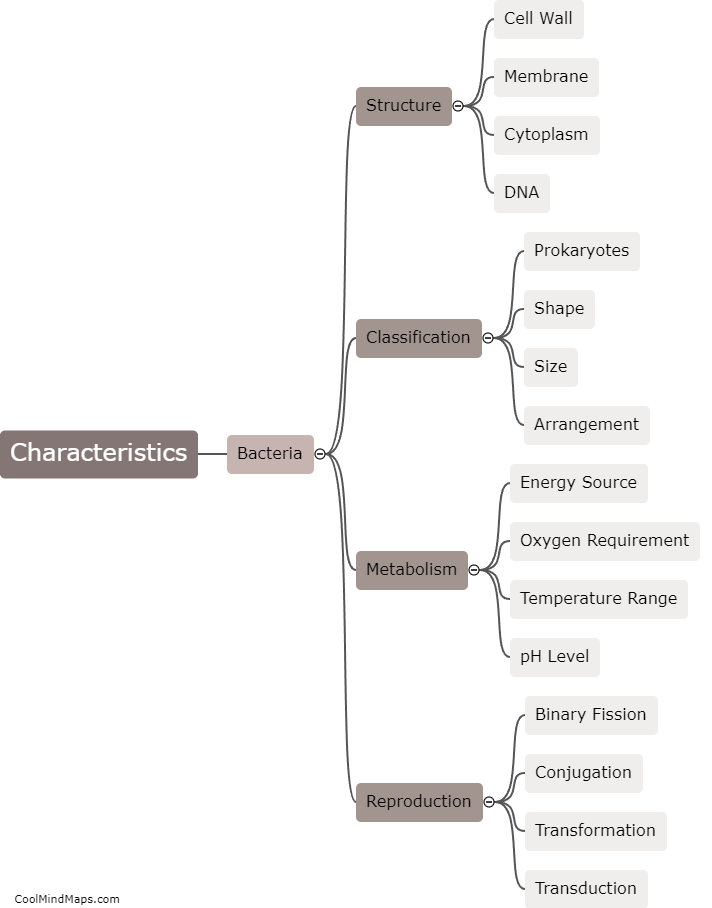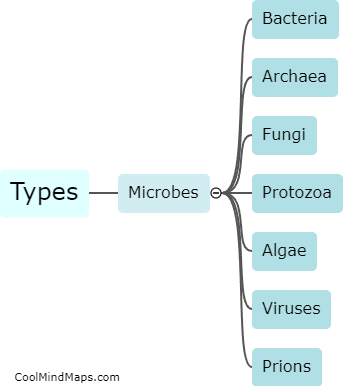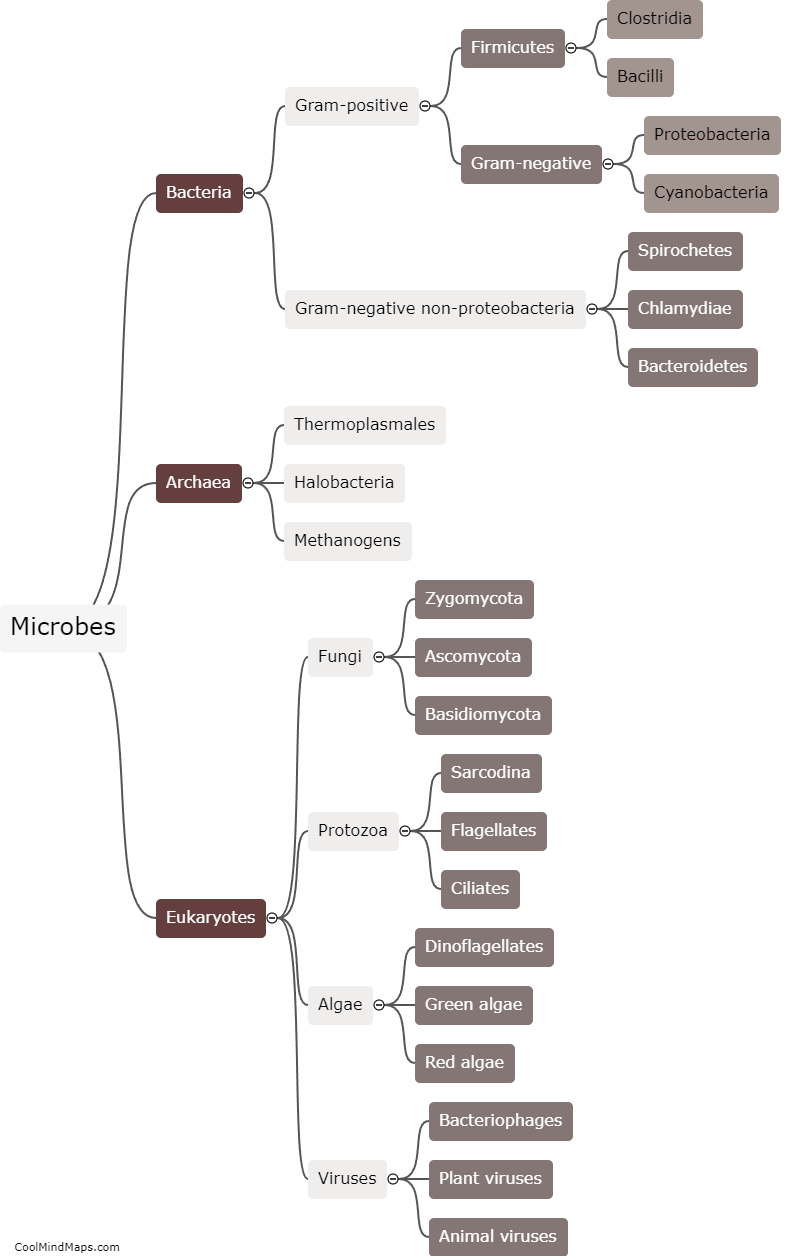What are the characteristics of bacteria?
Bacteria are microscopic single-celled organisms that have distinct characteristics. Firstly, they lack a nucleus, meaning that their genetic material is not enclosed within a membrane. Instead, their DNA is found in a region called the nucleoid. Bacteria also have a rigid cell wall, which provides support and protection. Additionally, most bacteria possess flagella or pili, structures that enable them to move and attach to surfaces, respectively. These microorganisms can replicate rapidly through binary fission, resulting in the formation of identical daughter cells. Bacteria exhibit a wide range of metabolic abilities, allowing them to survive in various environments and obtain energy from diverse sources. They can be classified into different shapes, such as cocci (spherical), bacilli (rod-shaped), and spirilla (spiral-shaped). Furthermore, bacteria play vital roles in various ecosystems, including nutrient recycling and nitrogen fixation. However, some bacteria can also cause diseases, making their study crucial for both beneficial and harmful reasons.

This mind map was published on 8 October 2023 and has been viewed 97 times.











